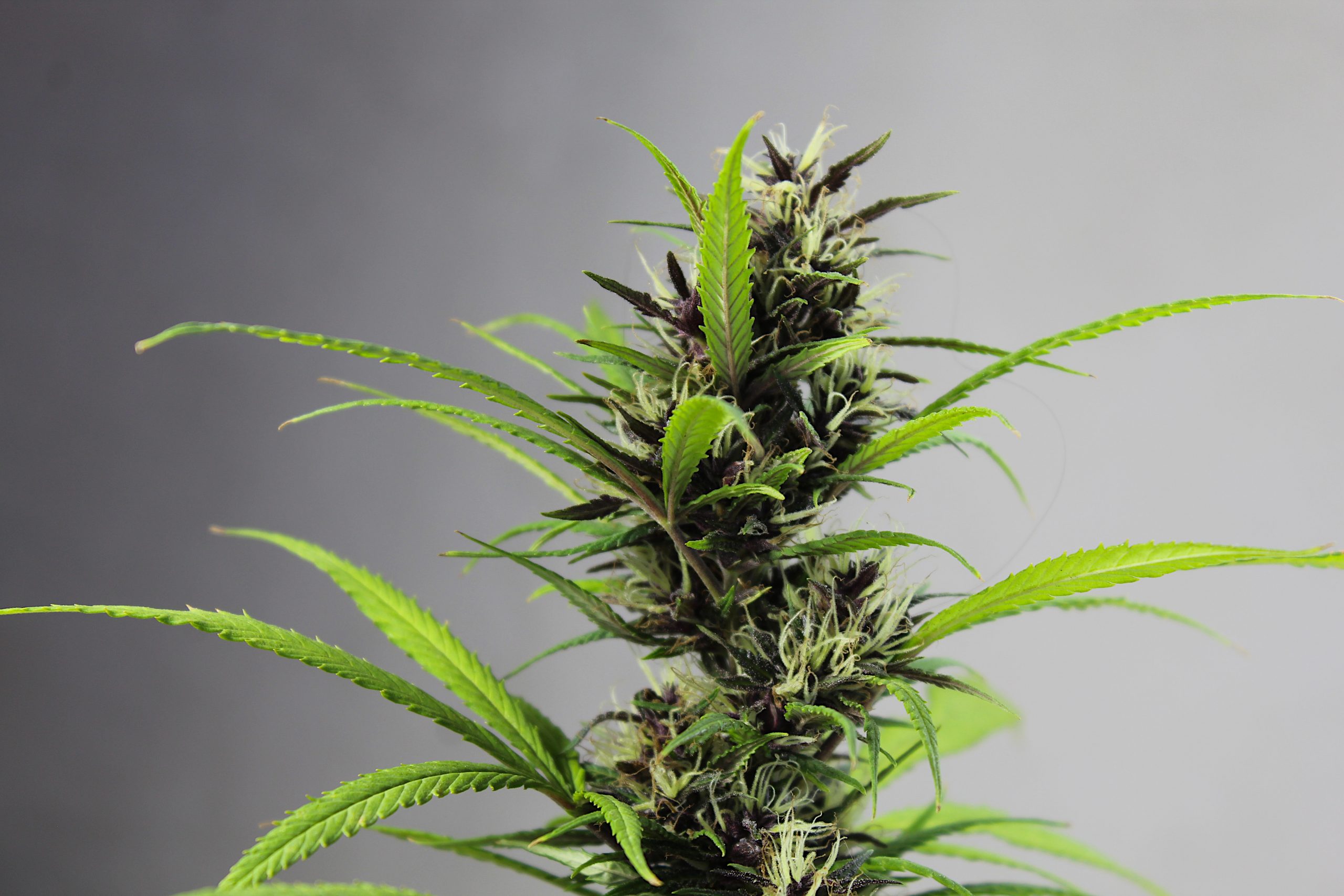
Cannabis cultivation is a complex and fascinating industry. However, it does come with its challenges. Growers face an army of biological enemies looking to degrade and destroy a cannabis crop including Viruses, Viroids, Pests, and even Fungi.
Chances are you have heard or read something about viruses or pests that impact cannabis plants, but have you heard about fungi such as Fusarium? This form of fungi can cause severe damage and even death to crops if not caught in time.

Photo by Timothy Dykes on Unsplash
Fusarium oxysporum f. sp. lycopersici, better known as Fusarium, is a Fungi that impacts cannabis plants and other crops such as tomatoes and pepper plants. However, fusarium can impact cannabis plants as well.
This fungi typically enters through wounds in the roots of a plant. However, according to the University of Minnesota Extension, Fusarium can also be carried through the seeds of the plant, but note that it is rare in commercial seed. Unsanitary equipment and infected transplants/seedlings can also transmit Fusarium to other plants via spores.

Photo by Jhon David on Unsplash
Fusarium impacts cannabis plants in a number of different ways. A 2022 paper published by researchers from the Department of Entomology and Plant Pathology at the University of Tennessee found that “Fusarium diseases are associated mostly with vascular wilts, but several species can cause seedling damping-off, and rot of crowns, lower stems, roots, and seeds, as well as head and grain blights.”
In cannabis, a plant with fusarium will suffer from lower yields, lower quality flowers, and could possibly die before reaching full maturity. At the time of this writing, Fusarium does not have a definitive cure. It is vital that measures are taken to prevent Fusarium from entering a grow and infecting a cannabis crop.
It is important to note that humans and animals that consume Fusarium could cause health problems. According to information from medical professional at the Federal University of Rio de Janeiro and CTI Clinical Trial and Consulting Services, Fusarium “may also cause allergic diseases, such as sinusitis in immunocompetent individuals, and mycotoxicosis following ingestion of food contaminated by toxin-producing Fusarium species.”
Fusarium is something no one wants in their crop. Thankfully, there are preventative steps that can be taken to help prevent the infection and spread of this fungus.
The first step is to quarantine all new plants coming into the grow. This should be the standard protocol for all grows, no matter the canopy size or genetics. This practice allows growers to use preventative measures before placing the new additions with the established plants already in the grow. Failing to quarantine new plants exposes the established plants to viruses, viroids, pests, and fungi.
The next step is to maintain a strict cleanliness schedule. This too should be standard protocol for all grows, no matter the size. A clean environment is not hospitable for crop damaging problems like fusarium. This includes keeping fallen leaves out of the soil/soil alternative, debris off the grow tables, racks, and floors, and ensuring that places not obviously visible (such as the floor under raised grow tables) are kept clean.
Third, growers should perform a thorough deep clean of the flower and veg rooms between each flip. Just because plants are removed from a room does not mean any harmful problems are. Pests, viruses, fungi, and other blights can live on the surface of tables, walls, etc., albeit for a much shorter time. However, if the time is not taken to thoroughly deep clean a grow room after a flip, the chances of continuing the spread of problems like fusarium are dramatically increased.
Finally, growers should perform routine inspections of their plants and the growing conditions. This includes physically inspecting the plants, using tools like microscopes, and performing testing. While some problems, such as fungus gnats, spider mites, and powdery mildew can be seen with the naked eye, other issues cannot. Viruses, Viroids, fungi, and early-stage molds like Botrytis need to be identified early in order for treatment to be effective. For this, tools are required.

Photo by Anton on Unsplash
If Fusarium is found in your cannabis crop, steps can be taken to help save and prevent significant or total loss of product. At this stage, the best course of action is a three-step process.
The first step is to identify how the fungi infected your crop and remedy the access point. This is done to prevent the spread from getting worse while you work to remedy the problem. Access points could be holes that lead to the outside (if working with an indoor grow), employees themselves, and new plants brought in from an outside source. Remedies can include removing the original infected plants and repairing any access points spores could get through.
The second step is to determine the severity of the fungi infection. Fusarium has no definitive cure, but if caught in the early stages by utilizing testing, then it is possible to mitigate. Fungicides are an option depending on the laws and regulations governing the legal cannabis program of the state. However, if the infection is established, then more severe measures may need to be taken, resulting in crop loss and yield reduction.
Finally, once the Fusarium is removed from your growth, preventative measures will need to be applied to prevent reinfection. This includes regular cleaning (including periodical deep cleans), temperature and humidity control, and possibly PPE gear for employees.
Fusarium is not the only thing that can damage or even kill cannabis plants. There are dozens of viruses, viroids, molds, and fungi that growers need to know about in order to prevent and/or combat. For industry professionals to stay on top of all the dangers to their cannabis crops, they need a reliable source of information to refer to.
Verne Bio is dedicated to providing quality and up-to-date information that industry professionals can rely on. Readers can find a wealth of information on our blog, including information on the various viruses, viroids, pests, fungi, and molds that can impact cannabis crops. To stay up-to-date with all of the latest news from Vern Bio, please sign up to receive our newsletter. Subscribers will receive information such as helpful growing and testing tips, ongoing sales, and more.
With Verne Bio in your corner, you are investing in your grow’s success. Cannabis cultivation requires ongoing learning in order to help keep your plants healthy, happy, and achieving their full potential. Verne Bio is proud to help growers reach their goals.
Works Cited
Hoidal, Natalie. “Fusarium wilt | UMN Extension.” University of Minnesota Extension, 2021, https://extension.umn.edu/disease-management/fusarium-wilt. Accessed 18 June 2023.
McGehee, Cora S., and Rosa E. Raudales. “Diseases of Cannabis sativa Caused by Diverse Fusarium Species.” Frontiers, 9 December 2021, https://www.frontiersin.org/articles/10.3389/fagro.2021.796062/full. Accessed 18 June 2023.
Nucci MD, Marcio, and Elias Anaissie MD. “Treatment and prevention of Fusarium infection.” Treatment and prevention of Fusarium infection, 2023, https://www.uptodate.com/contents/treatment-and-prevention-of-fusarium-infection#. Accessed 18 June 2023.

to receive updates and news on our products, events and promos!